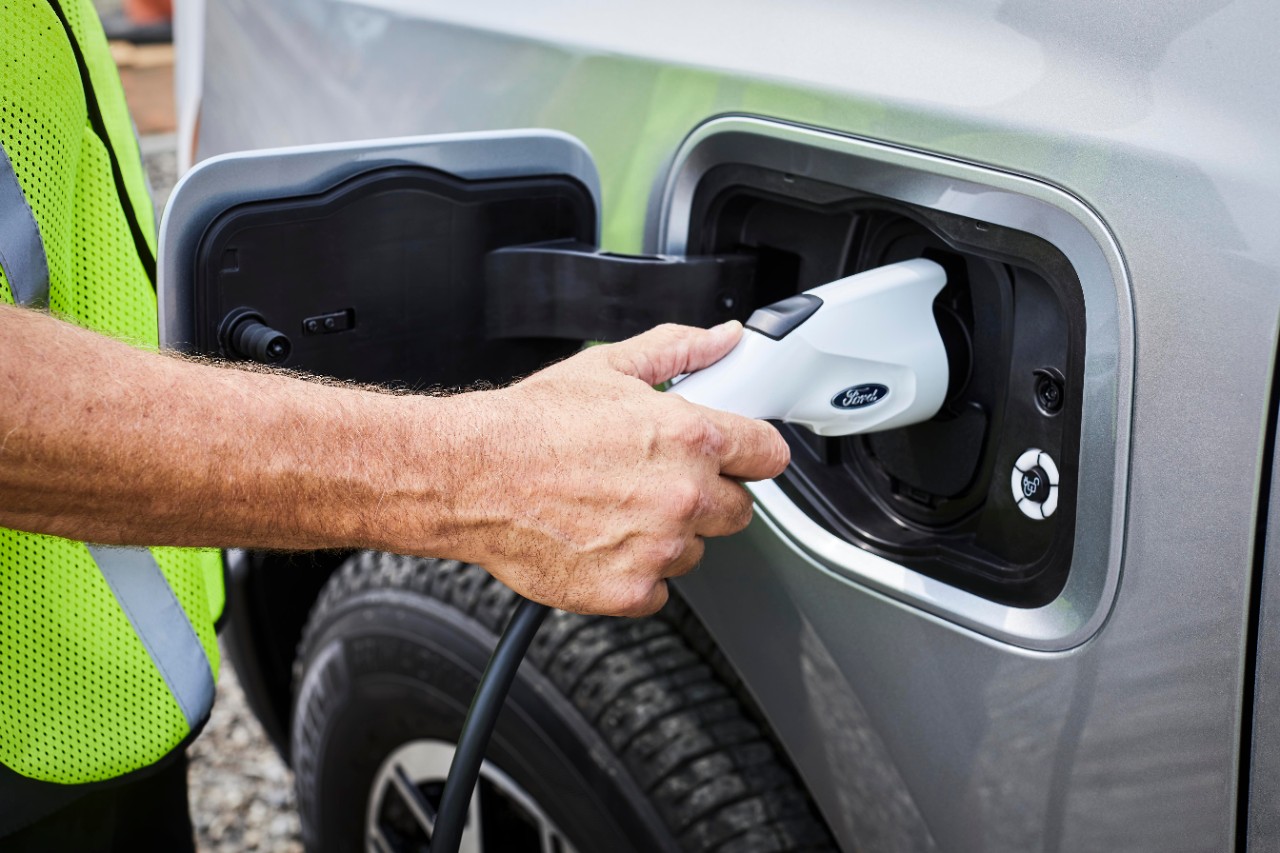Residents of Minnesota now have the opportunity to apply for subsidies when purchasing electric vehicles (EVs), with the state unveiling a new program aimed at encouraging EV adoption.
Under the program, individuals purchasing new EVs can receive subsidies of up to $2,500, while those opting for used EVs may qualify for up to $600 in subsidies. To be eligible, the electric or plug-in vehicle must have been purchased after May 25, 2023, and must be titled in Minnesota. Additionally, new EVs must have a purchase price below $55,000, while used EVs must cost $25,000 or less.
See also: U.S. Energy Department Grants Record $9.2 Billion Loan to Ford and SK Innovation for Battery Plants
Importantly, the subsidy program does not include an income eligibility component, allowing all residents to apply. Businesses, non-profits, and government entities are also eligible to apply for grants, with a maximum of one EV rebate permitted per fiscal year, spanning from July 1 to June 30.
The Minnesota Department of Commerce has stressed that funds for the program are limited and will be distributed on a first-come, first-served basis. Rebates will continue to be issued until either the allocated funding has been fully utilized or until June 30, 2027. The initiative is part of the state’s two-year, $72 billion budget approved in the previous year, with $5 million earmarked specifically for EV rebates.
See also: Australia Commits $70M in Grant Funding for EV Charging Infrastructure
It’s worth noting that Minnesota’s subsidy program supplements the federal tax credit available to US residents for purchasing electric cars. Under the federal scheme, individuals can receive up to $7,500 in tax credits. To qualify, vehicles must be assembled in the US, and a majority of their battery components must be manufactured or assembled in North America. The required percentage of North American components increases annually, reaching 100% by 2029, with the applicable percentage set at 60% for 2024 and 2025.

